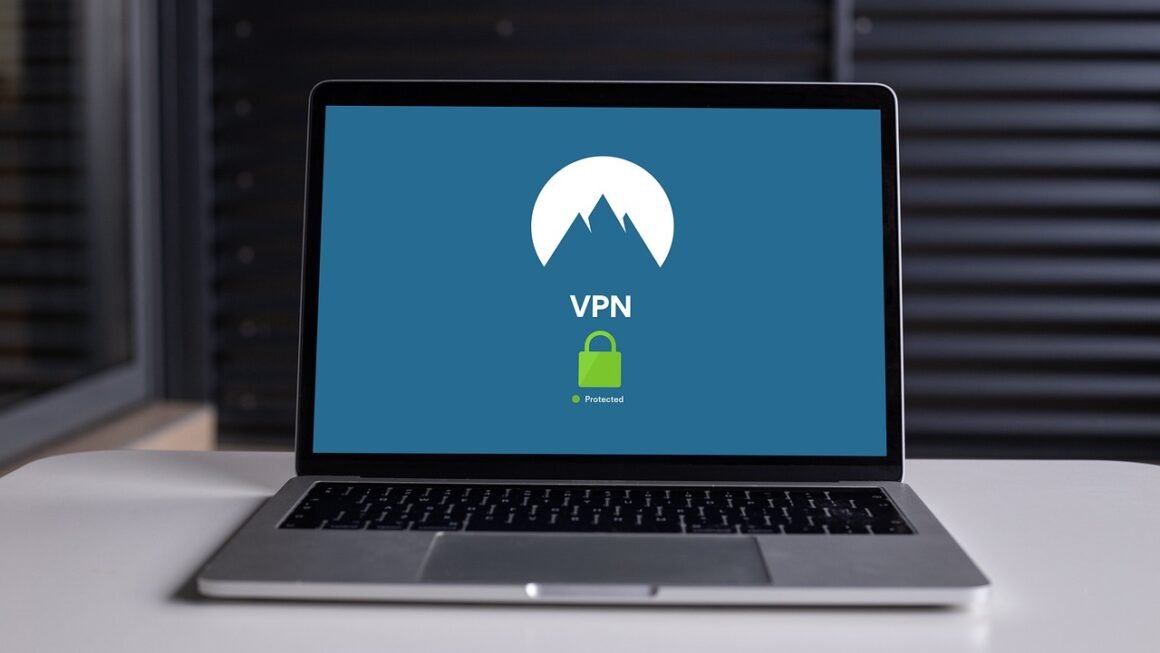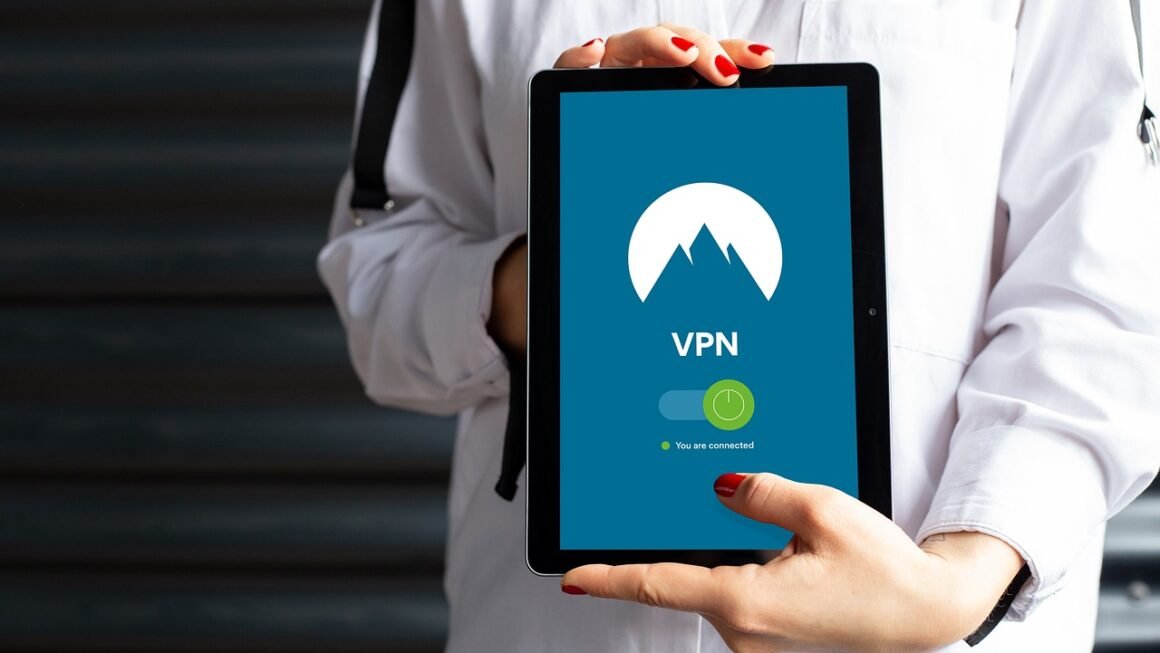Zero Trust Architecture (ZTA) is more than just a buzzword; it’s a fundamental shift in how organizations approach cybersecurity. In today’s increasingly complex and vulnerable digital landscape, the traditional perimeter-based security model is proving insufficient. ZTA throws out the assumption of inherent trust and adopts a “never trust, always verify” approach to safeguard sensitive data and systems. This blog post delves into the core principles, benefits, and practical implementation of Zero Trust Architecture, providing a comprehensive guide to understanding and adopting this crucial security framework.
Understanding Zero Trust Architecture
Zero Trust Architecture (ZTA) operates on the principle that no user or device, whether inside or outside the organization’s network, should be automatically trusted. Instead, every access request is rigorously verified before granting access to resources. This paradigm shift mitigates the risks associated with compromised accounts, insider threats, and lateral movement within the network.
The Core Principles of Zero Trust
The Zero Trust model revolves around several key principles:
- Never Trust, Always Verify: As the name suggests, this is the foundational principle. Every user, device, and application must be authenticated and authorized before gaining access to any resource.
- Assume Breach: ZTA acknowledges that security breaches are inevitable. The architecture is designed to minimize the blast radius of a successful attack by segmenting the network and limiting access.
- Least Privilege Access: Users and devices are granted only the minimum level of access required to perform their specific tasks. This reduces the potential damage from compromised credentials.
- Microsegmentation: The network is divided into smaller, isolated segments to prevent attackers from easily moving laterally across the network.
- Continuous Monitoring and Validation: ZTA emphasizes continuous monitoring of user behavior, device posture, and network traffic to detect and respond to suspicious activity in real-time.
How Zero Trust Differs from Traditional Security
Traditional security models typically operate on a “castle-and-moat” approach, where the network perimeter is heavily fortified, but internal resources are largely trusted. Once an attacker breaches the perimeter, they have relatively free reign to move around the network. Zero Trust eliminates this implicit trust, treating every access request as if it originates from an untrusted source.
- Traditional Security: Focuses on perimeter defense. Implicit trust granted to internal users and devices.
- Zero Trust Security: Focuses on verifying every access request, regardless of origin. Explicit trust is never granted.
Benefits of Implementing Zero Trust
Adopting a Zero Trust Architecture offers numerous benefits, enhancing an organization’s security posture and reducing the risk of data breaches.
Enhanced Security Posture
- Reduced Attack Surface: By limiting access and segmenting the network, ZTA significantly reduces the attack surface available to malicious actors.
- Improved Threat Detection and Response: Continuous monitoring and validation allow for faster detection of suspicious activity and more effective incident response.
- Prevention of Lateral Movement: Microsegmentation prevents attackers from moving laterally across the network, limiting the scope of a potential breach.
- Protection Against Insider Threats: Zero Trust principles help mitigate the risks associated with insider threats, whether malicious or unintentional.
Improved Compliance and Governance
- Meeting Regulatory Requirements: ZTA aligns with many regulatory compliance requirements, such as GDPR, HIPAA, and PCI DSS.
- Enhanced Data Privacy: By controlling access to sensitive data, ZTA helps organizations protect the privacy of their customers and employees.
- Increased Visibility and Control: ZTA provides greater visibility into network activity and user behavior, enabling better control over access to resources.
Increased Business Agility
- Secure Remote Access: ZTA enables secure remote access for employees and third-party partners without compromising security.
- Seamless Cloud Adoption: ZTA facilitates secure migration to the cloud by extending security controls to cloud environments.
- Support for Mobile Workforce: ZTA supports a mobile workforce by ensuring that devices are securely authenticated and authorized before accessing corporate resources.
Implementing a Zero Trust Architecture
Implementing a Zero Trust Architecture is a phased approach that requires careful planning and execution. It’s not a one-size-fits-all solution and needs to be tailored to the specific needs and environment of each organization.
Step-by-Step Implementation Guide
Example: Focus on protecting sensitive customer data stored in a specific database.
Example: Map the flow of customer data from the web application to the database, identifying all involved servers and user accounts.
Example: Implement microsegmentation to isolate the database server from other network segments. Require multi-factor authentication (MFA) for all users accessing the database.
Example: Create a policy that allows only specific users with the necessary roles to access the customer database, and only during specific business hours.
* Example: Implement security information and event management (SIEM) system to collect and analyze security logs from all relevant systems.
Technologies Supporting Zero Trust
Several technologies can help organizations implement Zero Trust Architecture:
- Identity and Access Management (IAM): Manages user identities and controls access to resources based on roles and permissions.
- Multi-Factor Authentication (MFA): Requires users to provide multiple forms of authentication before granting access.
- Microsegmentation: Divides the network into smaller, isolated segments to prevent lateral movement.
- Next-Generation Firewalls (NGFWs): Provide advanced threat detection and prevention capabilities.
- Security Information and Event Management (SIEM): Collects and analyzes security logs from various sources to detect and respond to security incidents.
- Endpoint Detection and Response (EDR): Monitors endpoint devices for malicious activity and provides automated response capabilities.
Real-World Examples of Zero Trust Implementation
Many organizations across various industries have successfully implemented Zero Trust Architecture to enhance their security posture.
Case Study: Government Agency
A government agency implemented ZTA to protect sensitive citizen data. They achieved this by:
- Microsegmenting their network to isolate critical systems.
- Implementing multi-factor authentication for all users accessing sensitive data.
- Utilizing a SIEM system to monitor network activity and detect suspicious behavior.
As a result, the agency significantly reduced its attack surface and improved its ability to detect and respond to security incidents.
Case Study: Financial Institution
A financial institution adopted ZTA to comply with regulatory requirements and protect customer financial data. They implemented:
- A robust IAM system to manage user identities and control access to resources.
- Endpoint detection and response (EDR) on all employee devices to prevent malware infections.
- Data loss prevention (DLP) solutions to prevent sensitive data from leaving the organization’s control.
This resulted in enhanced data security and improved compliance with industry regulations.
Conclusion
Zero Trust Architecture is a critical security framework for organizations seeking to protect their data and systems in today’s threat landscape. By adopting a “never trust, always verify” approach, ZTA helps mitigate the risks associated with compromised accounts, insider threats, and lateral movement. Implementing ZTA requires a phased approach, careful planning, and the use of appropriate technologies. While the journey may seem complex, the benefits of enhanced security, improved compliance, and increased business agility make it a worthwhile investment for any organization committed to protecting its valuable assets. Embracing Zero Trust is no longer a luxury, but a necessity for staying secure in the modern digital world.



